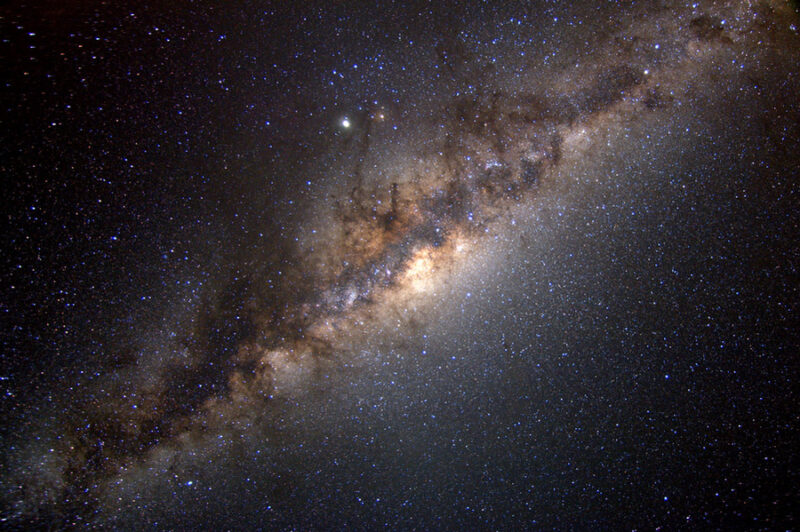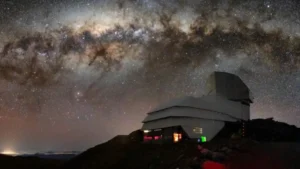Undergrads from the Massachusetts Institute of Technology (MIT) have discovered three of the oldest stars in the universe. All of them sit within the “halo” of the Milky Way. That’s the circle of stars beyond our galaxy’s main, visible section.
The unlikely discovery stemmed from an undergraduate class in 2022. The students had signed up for the Observational Stellar Archaeology course. They learned various techniques used to study ancient stars, then received a homework assignment: Apply these techniques to stars that had never been analyzed.
They identified the three stars that are the basis of the newly published study. Many of the undergraduates are listed as co-authors.
“This class immediately put us at the frontier of research in astrophysics,” said Hillary Andales, co-author and one of the students.
Astrophysicist Anna Frebel led the study and gave the students the data that she herself had collected using the Magellan-Clay Telescope at Chile’s Las Campanas Observatory. The group began looking for stars with low amounts of strontium and barium.
Rare elements
These two elements were not abundant after the Big Bang. At that time, the universe consisted mainly of hydrogen and helium. The spectra of the stars revealed which of them had low levels of strontium and barium.
Research based on a classroom exercise in MIT Physics course 8.S30 (Observational Stellar Archaeology) led to the discovery of three of the universe’s oldest stars. https://t.co/1P2TLz2smc pic.twitter.com/LLT8pWsvSp
— Massachusetts Institute of Technology (MIT) (@MIT) May 14, 2024
The three stars in the study were discovered in 2013, but no one had analyzed their spectra. All three held very low amounts of strontium, barium, and iron, and came into existence between 12 and 13 billion years ago. The universe is considered 13.7 billion years old.
All of the stars are Small Accreted Stellar System stars (SASS). This means they were once part of their own galaxies, but the Milky Way has now absorbed these older, smaller entities.
The other clue that these stars were both ancient and from other galaxies was their movement. In general, most stars in the main disk of a galaxy move in the same direction. These three were going the wrong way. This suggests that their old galaxies were absorbed into the Milky Way at different angles, and the stars have continued on their original trajectories.
Wrong way, gang
“The only way you can have stars going the wrong way from the rest of the gang is if you threw them in the wrong way,” said Frebel.
Frebel is certain that there are more ancient, undiscovered stars in that region of space.
“These oldest stars should definitely be there, given what we know of galaxy formation,” she said in a statement. “They are part of our cosmic family tree. And we now have a new way to find them.”






